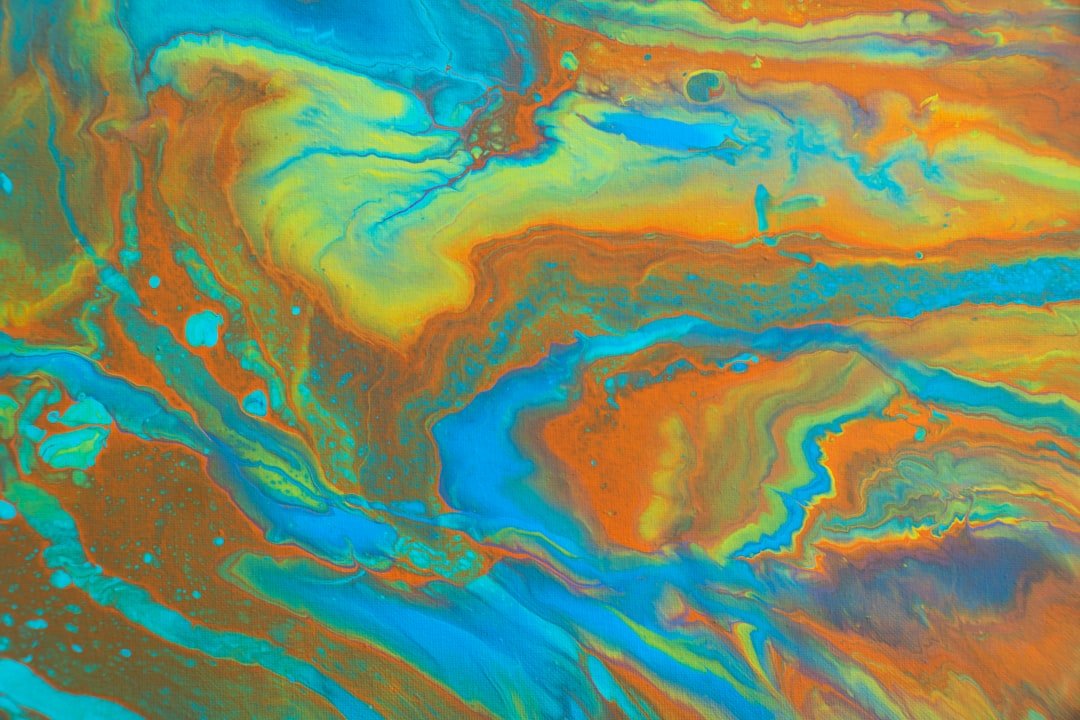A Detailed Overview of Air Pollution in China and India Air pollution has become one of the most important environmental issues confronting the world today, especially in countries that are industrializing quickly like China and India.
Beijing’s smog-filled skies & New Delhi’s foggy air are both glaring reminders of the damage that urbanization, population density, and industrial development can do to the environment. The effects of air pollution, which impact not only public health but also general quality of life, have become more noticeable as these countries work to develop economically.
Key Takeaways
- Air pollution is a major issue in China and India, impacting human health and the environment.
- Causes of air pollution in China and India include industrial emissions, vehicle exhaust, and agricultural practices.
- Air pollution in China and India has significant effects on human health, leading to respiratory diseases and other health issues.
- The environment in China and India is also affected by air pollution, leading to issues such as acid rain and damage to ecosystems.
- Government policies and initiatives, as well as technological innovations, are being implemented to combat air pollution in China and India.
Each nation’s particular combination of factors exacerbates the situation. China has serious air quality problems as a result of its fast industrialization & reliance on coal as its main energy source. India is currently dealing with a combination of air pollution caused by construction dust, vehicle emissions, & agricultural burning. Knowing the root causes and consequences of air pollution in these areas is crucial because both countries must balance environmental sustainability with economic growth. Air pollution in China and India has many different causes, all of which have their roots in the respective countries’ economic systems & development plans.
One of the main causes of China’s declining air quality is the country’s excessive reliance on coal for energy production. Massive emissions of sulfur dioxide, nitrogen oxides, and particulate matter from coal-fired power plants are harmful to the environment and human health. Toxic pollutants are also released into the atmosphere by factories, especially in manufacturing centers, which exacerbates the issue.
While the causes are different, the situation in India is equally dire. One of the main causes of air pollution in cities like Delhi and Mumbai is the rise in vehicle traffic brought on by the fast urbanization and population expansion. Older, more polluting cars can still be found on the road because of laxer emission regulations.
| Country | Population | CO2 Emissions | Health Effects |
|---|---|---|---|
| China | 1.4 billion | 10.06 billion tons | Respiratory diseases, cardiovascular diseases |
| India | 1.3 billion | 2.65 billion tons | Respiratory diseases, reduced life expectancy |
Also, seasonal increases in air pollution are largely caused by agricultural practices like stubble burning. Millions of people are put in dangerous situations when crop residues are burned because it releases a lot of smoke and particulate matter into the atmosphere. Air pollution has serious & worrisome health effects in China and India. According to studies, breathing in contaminated air can cause a number of respiratory illnesses, heart issues, and even early mortality. The prevalence of respiratory conditions like asthma and chronic obstructive pulmonary disease (COPD) is rising in China, where air quality frequently reaches dangerous levels. According to the World Health Organization (WHO), air pollution-related health problems are responsible for millions of preventable deaths annually.
The situation is equally worrisome in India. Higher incidences of heart disease and lung cancer have been connected to elevated airborne particulate matter levels. Particularly at risk are vulnerable groups, such as the elderly & children. It is also impossible to ignore the psychological effects of living in a polluted environment; people who live in highly polluted cities frequently experience stress and anxiety related to health issues. The strain on both nations’ healthcare systems increases as a result of their ongoing struggles with these health issues. In both China and India, air pollution has significant negative effects on the environment in addition to human health.
China’s dense urban smog can impair vision and cause disruptions to day-to-day activities. Sulfur dioxide emissions can also cause acid rain, which harms freshwater ecosystems, forests, and crops. Biodiversity is threatened by habitat degradation because many species find it difficult to adjust to shifting environmental conditions. Due to air pollution, India also faces environmental difficulties.
Aquatic life can be harmed and ecosystems altered by the particulate matter that settles on soil & water bodies. Also, by raising greenhouse gas emissions, air pollution fuels climate change. The relationship between climate change and air quality is especially troubling for both countries as they look for sustainable development paths. Environmental sustainability is made more difficult by the depletion of natural resources and the loss of biodiversity. Given the seriousness of air pollution, both China & India have put in place a number of laws designed to lessen its effects.
The Chinese government has implemented strict laws aimed at reducing industrial emissions and has made significant investments in renewable energy sources like solar & wind. In order to lower PM2.5 levels in major cities, the “Air Pollution Prevention & Control Action Plan,” which was introduced in 2013, set ambitious goals. Despite some progress, enforcement is still difficult because of local government interests. The National Clean Air Programme (NCAP), which attempts to lower particulate matter levels in 122 cities by 20–30% by 2024, is one of the measures India has taken to fight air pollution. The government has prioritized enhancing public transportation networks, encouraging electric cars, and enforcing more stringent industry emission standards.
But issues like ineffective bureaucracy and low public awareness impede development. Innovations in technology are essential to solving China’s and India’s air pollution problems. Real-time tracking of pollution levels across Chinese cities is now possible thanks to developments in air quality monitoring systems. Authorities are better equipped to respond to pollution spikes and carry out targeted actions thanks to this data-driven approach.
Clean energy technology advancements are also being adopted; electric cars, for example, are becoming more and more popular as a competitive substitute for conventional internal combustion engines.
Low-cost air quality sensors have grown in popularity among both local governments and citizens, offering useful information for well-informed decision-making. In addition, programs that support renewable energy sources like solar power are becoming more popular as a way to lessen dependency on fossil fuels. In addition to reducing air pollution, these technological developments open the door for sustainable development. Effectively addressing the global problem of air pollution requires international cooperation.
China & India have collaborated to exchange best practices & create all-encompassing plans for enhancing air quality with international organizations like the World Health Organization (WHO) and the United Nations Environment Programme (UNEP). These collaborations promote information sharing about technologies & policies that work well & can be tailored to regional conditions. Also, programs like the Global Climate Change Alliance (GCCA) seek to assist developing nations in their fight against climate change while concurrently addressing air quality concerns. Both countries have committed to lowering greenhouse gas emissions by taking part in international agreements like the Paris Agreement, which obliquely improves air quality.
Developing sustainable practices that benefit not just China and India but the entire planet requires international cooperation. Although the future of air pollution in China and India is still unknown, there is hope for improvement through coordinated multi-level efforts. Prioritizing sustainable development plans that directly address air quality concerns is crucial as both countries continue to struggle with the effects of fast industrialization and urbanization. Important elements of this effort will include the application of efficient governmental regulations, technological advancements, and international cooperation.
Campaigns to raise public awareness are also crucial for encouraging a culture of environmental responsibility among the populace. Both nations can significantly improve the quality of their air by encouraging people to adopt cleaner habits, like eliminating waste or taking public transportation. Ultimately, despite the fact that there are still many obstacles to overcome, there is hope that China and India can work together to clear the path for a healthier future unhindered by air pollution.
A related article discussing the importance of reducing greenhouse gas emissions as a vital priority can be found here. This article highlights the urgent need for countries like China and India to take action in order to combat the causes and effects of air pollution. Implementing climate change action plans, as discussed in another article here, is crucial in addressing the rising temperatures and the impact of climate warming on these regions, as explored in yet another article here. By understanding the interconnectedness of these issues, steps can be taken to mitigate the harmful effects of air pollution and work towards a more sustainable future.



